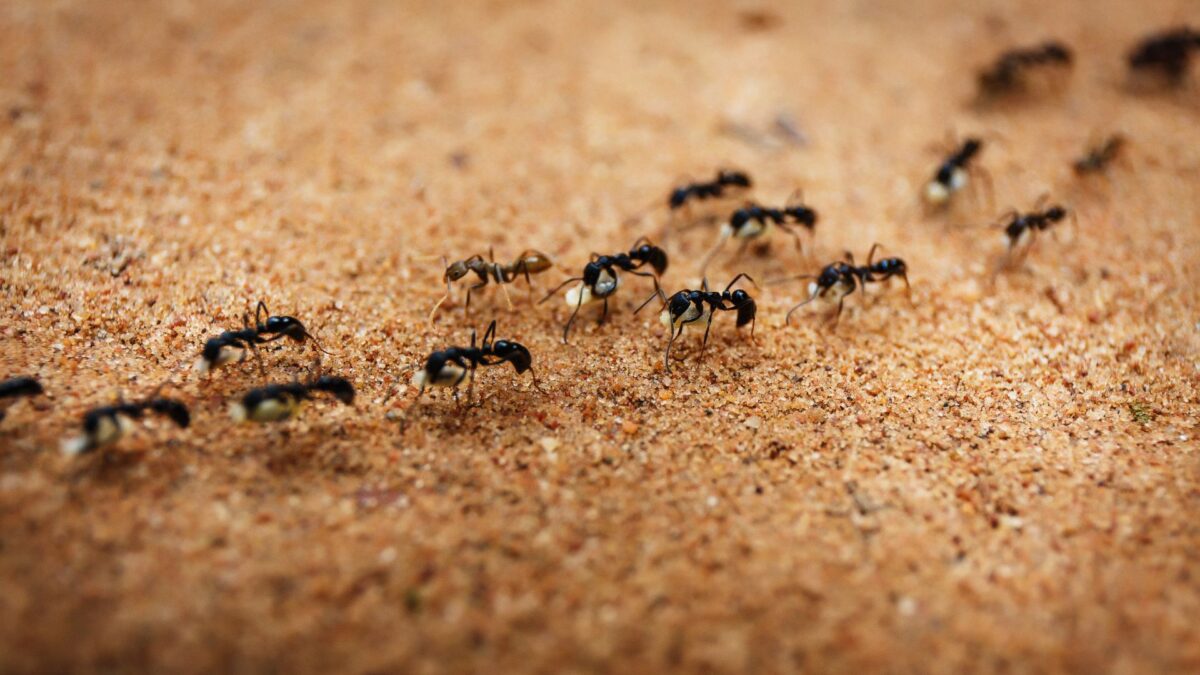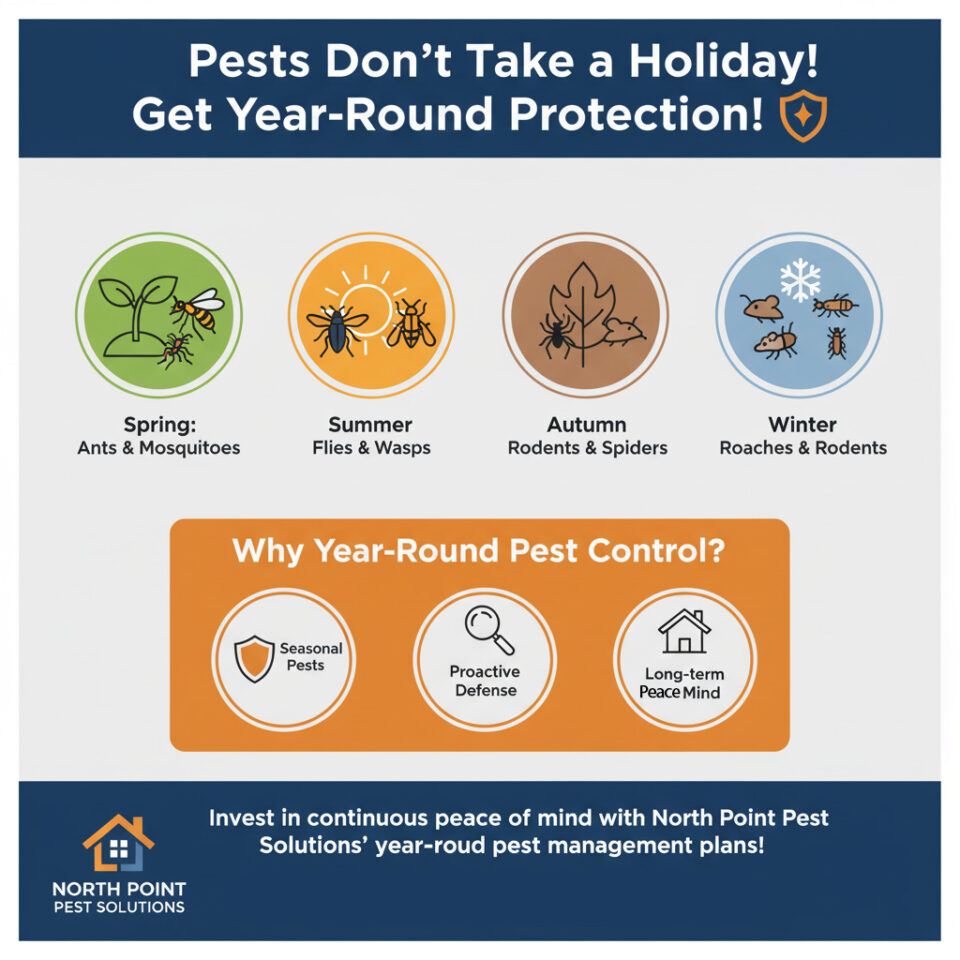Ah, summer. The season of sunshine, barbecues, and… ants. Yes, those tiny, tenacious creatures that can turn a delightful picnic into a frantic dance and a pristine kitchen into a battleground. This week, we’re shining the spotlight on one of the most common and persistent pests: the ant.
Don’t let their small size fool you. Ants are incredibly organized, surprisingly strong, and can become a major nuisance in a hurry. Whether it’s a trail of black ants marching across your counter or a mound of fire ants a little too close for comfort in the backyard, dealing with these six-legged invaders is a universal experience.
Why are ants such a problem?
- Food Raiders: Ants have an incredible sense of smell and are constantly foraging for food. Sugary spills, crumbs, pet food – anything remotely edible is fair game. Once one ant finds a food source, it lays down a pheromone trail, alerting the rest of the colony to the feast.
- Nesting Indoors: Some ant species are perfectly happy to make themselves at home within your walls, under your floors, or in other hidden crevices. This can lead to more persistent and harder-to-eradicate infestations.
- Property Damage: Certain types of ants, like carpenter ants, can cause structural damage by excavating wood to create their nests.
- Painful Stings & Bites: While not all ants are aggressive, some, like fire ants, can deliver painful stings that can cause discomfort and even allergic reactions in some individuals.
Meet the Common Culprits:
While there are thousands of ant species, here are a few you’re likely to encounter:
- Pavement Ants: Small, dark brown to black ants often seen on sidewalks and driveways, and frequently make their way indoors in search of food.
- Odorous House Ants: These tiny, dark ants release a rotten coconut-like smell when crushed. They are common indoor invaders, attracted to sweets.
- Carpenter Ants: Larger ants that excavate wood to build their nests. They don’t eat the wood but can cause significant damage over time.
- Fire Ants: Known for their aggressive nature and painful stings, these reddish-brown ants build noticeable mounds in open, sunny areas.
Battling the Ant Army: Tips for Prevention and Control
The good news is you don’t have to surrender your home or sanity to these tiny tyrants. Here are some effective strategies:
- Seal Entry Points: Inspect your home for cracks and crevices around windows, doors, pipes, and foundations. Seal these openings with caulk to deny ants an easy way in.
- Keep it Clean: This is crucial. Wipe up spills immediately, store food in airtight containers, sweep and vacuum regularly, and don’t leave pet food out for extended periods.
- Eliminate Water Sources: Ants need water to survive. Fix leaky faucets and pipes, and ensure good drainage around your home’s foundation.
- Manage Outdoor Vegetation: Trim trees and shrubs away from the house, as ants can use these as bridges to gain entry. Keep mulch several inches away from the foundation.
- Strategic Baiting: For persistent indoor problems, ant baits can be very effective. Worker ants carry the poisoned bait back to the colony, helping to eliminate the queen and the entire nest. Always follow product instructions carefully and keep baits out of reach of children and pets.
- Natural Deterrents (with mixed results): Some people find success with natural deterrents like vinegar, lemon juice, cinnamon, or diatomaceous earth along ant trails. Results can vary depending on the ant species and the severity of the infestation.
- Know When to Call a Professional: If you’re dealing with a large infestation, suspect carpenter ants, or are struggling to get the problem under control, don’t hesitate to contact a pest control professional. They have the expertise and tools to identify the species and implement effective and safe treatment plans.
Ants may be a common pest, but with a little vigilance and the right approach, you can keep them from marching all over your life. Stay tuned for our next Pest of the Week!






